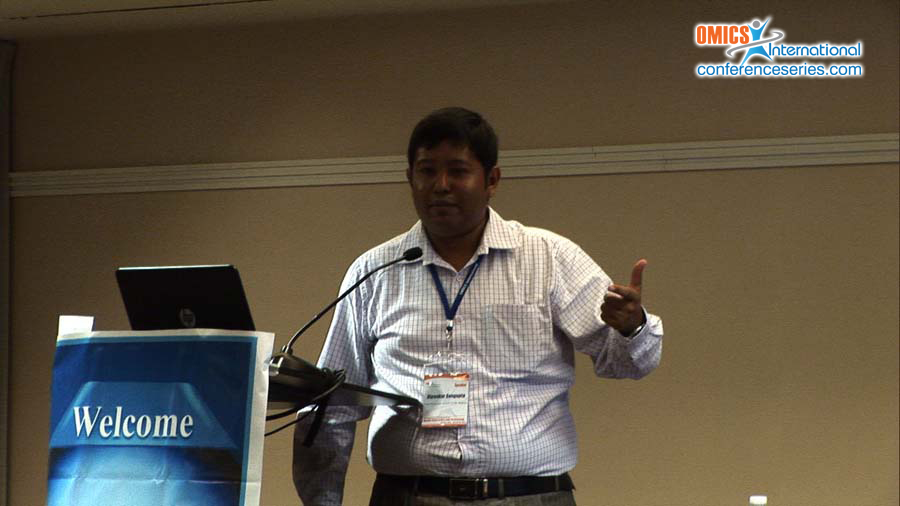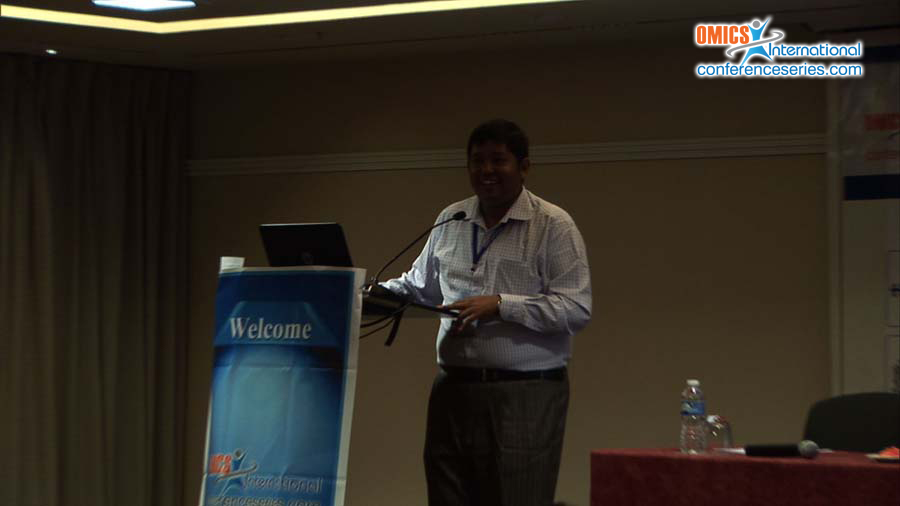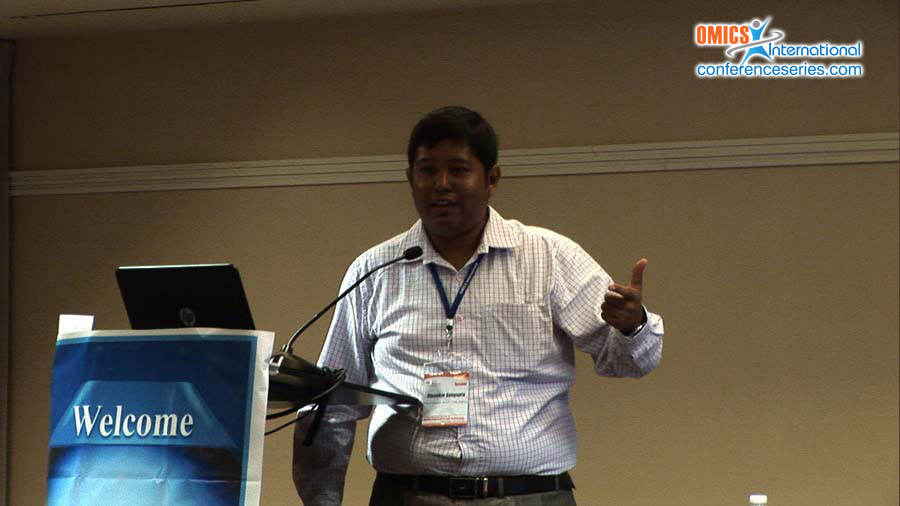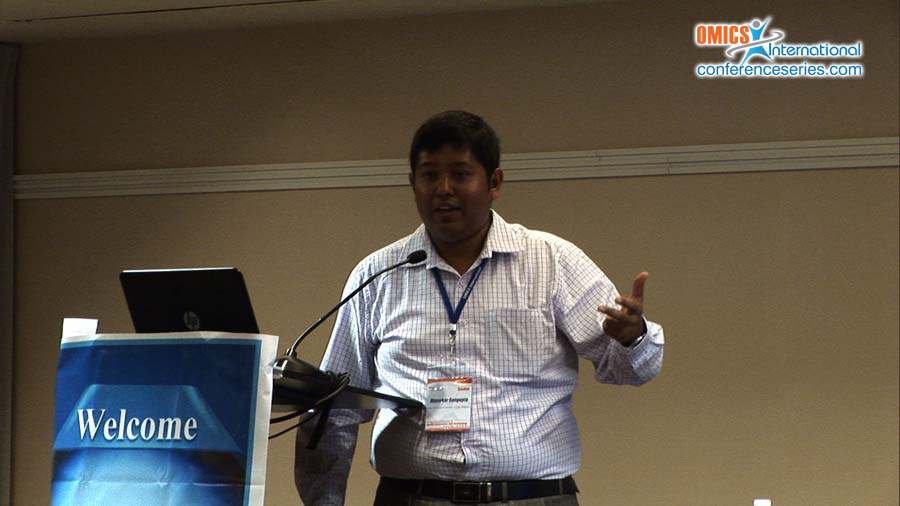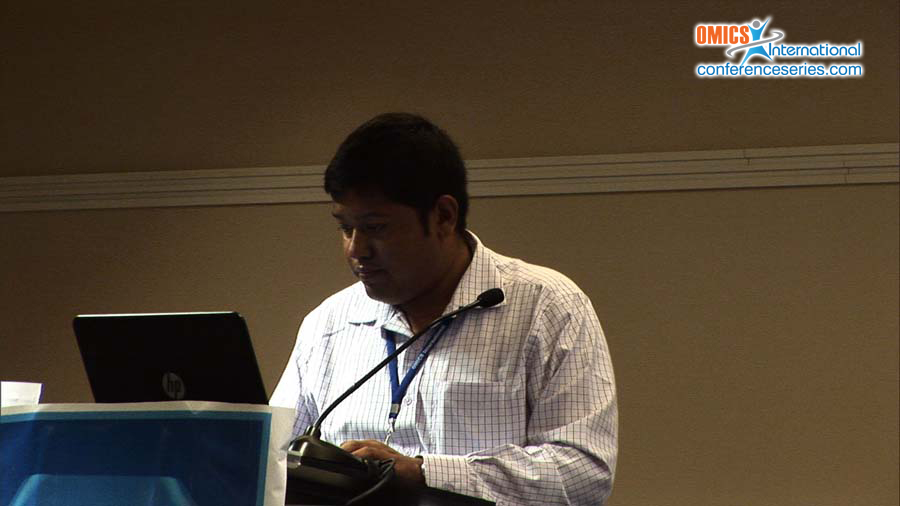
Dipankar Sengupta
Vrije Universiteit Brussel (VUB)
Belgium
Title: CliniPhenome: Clinical and phenotypic annotation database
Biography
Biography: Dipankar Sengupta
Abstract
As a part of the BRiDGEIris project, a clinical database CliniPhenome, has been developed that supports clinical and phenotypic annotation for patients. The project aims to develop a big data platform that can be used for sharing genomic and clinical data and support discovery studies in clinical genomics. A part of this goal was attained by the proposal of a generalized clinical schema design along with a merged ontology schema that provides cross-referencing possibilities. Also, introduction of the controlled vocabulary and data structure answers for the prevalent problem of plain text storage in the existing clinical databases, which causes impediment during data analysis. CliniPhenome not only supports the collection of patient data but also phenotypic and clinical annotation. Phenotypic annotation is supported by autogenously designed ontology that supports for Human Phenotype Ontology (HPO), Online Mendelian Inheritance in Man (OMIM) and Orphanet. Clinical annotation is currently supported by LOINC and SNOMED, with eventual assimilation of ICD-10 into it. It is a PHP based application with an easily operated interface that runs on a web browser and is facilitated by a MySQL database. A generalized schema design has been proposed, that ensures improved empathy among clinicians and researchers. Besides, it also features data migration utility that supports exchange of de-identified data in XML or JSON structure among the collaborators. In conclusion, CliniPhenome features streamlining of clinical workflow, efficient data entry and retrieval, improved diagnosis, cross-referencing of patient phenotype with clinical annotation, and sharing of de-identified patient data for research purposes.

